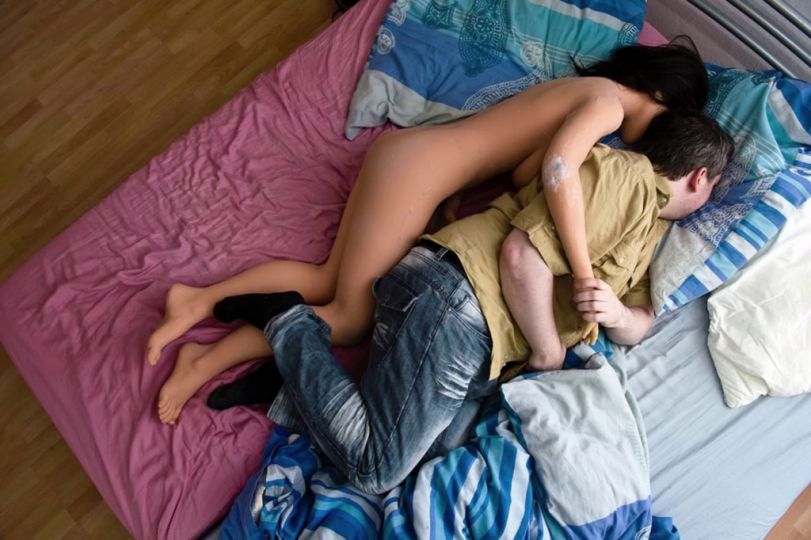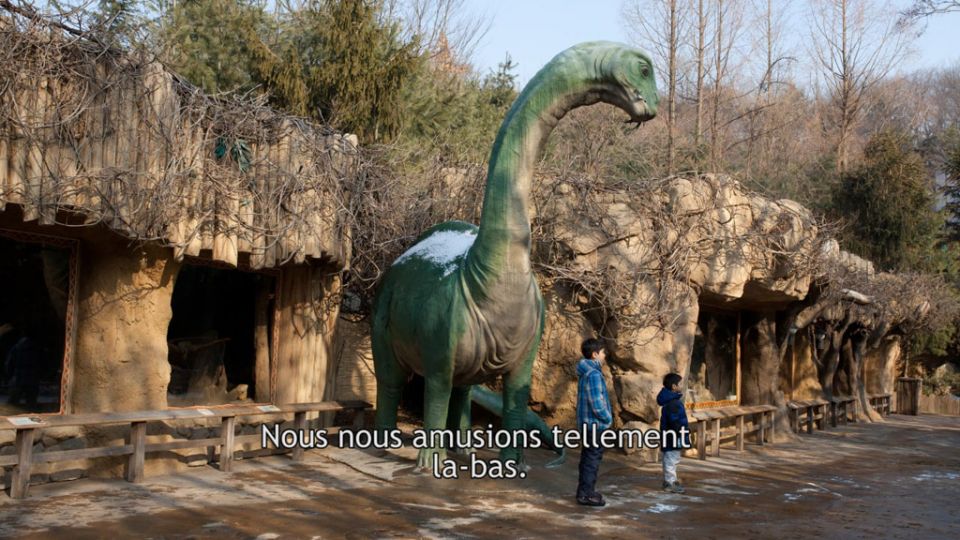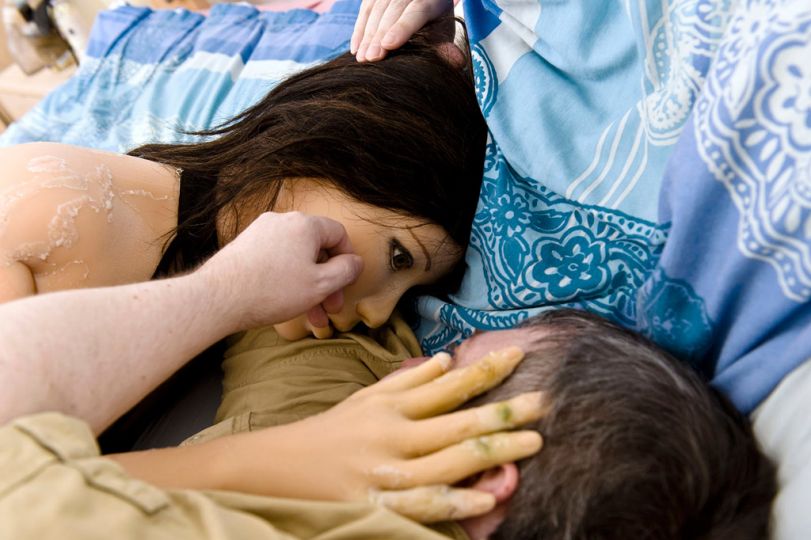The photographic film “Peines” by Valérie Winckler has won the Prix des Nuits Photographiques 2015. This documentary, made in 1991, is an immersion into the daily life of a family living between prison and town at the beginning of the 90s. Today we will find out about this winning film and interview the winner.
Peines de Valérie Winckler from Les Nuits Photographiques on Vimeo.
L’Oeil de la Photographie : How did you come to do this project?
Valérie Winckler : “Peines” was my second experience of working with photography and sound. In 1988 I published “Death Approaches” a book of photos and accounts of the end of life. After it appeared, I was often asked to participate in debates or at meetings with carers. Now, for me what was most important was contained in the book. Then I had the idea to put sound with the photos and I made a ten minute slide show which I used for support for these speeches. That’s how I discovered the richness of the combination of sound with the still image.
After having worked on birth and the end of life, I felt like working on the theme of ‘the couple’. One of the situations I wanted to follow was that of a couple separated by a prison sentence. Through an association I was put in contact with a prisoner and his pregnant wife and, in the autumn of 1989, after several exchanges of letters and the time to obtain the necessary authorisations, I had a meeting with Gérard, Michèle and their son Benjamin who was coming up to seven years old. I started to photograph them in prison and at home and I very quickly dropped the project on ‘the couple’, so that I could concentrate on their parallel lives.
LODLP : You followed the family for eighteen months. Can you tell me how the report unfolded?
V.W. : My visits weren’t regular. I worked on intuition. It depended on their availability and on mine. On the other hand, for administrative reasons, it always took more time to organise the shoots in the prison. But, I have to say that the authorisations were always given with good grace.
Audrey was born at the end of November and the photography became an additional link for Gérard and Michèle. Besides, my rôle didn’t stop at being the photographer: the registration of Audrey’s birth, leaving the maternity hospital, the approaches to Social Security, the calls at all hours when Benjamin, in his distress, became violent…everything connected me to their daily lives. I thought that he had accepted this reportage, it was that he also hoped to gain some advantages. He had a tendency to want to direct my approach and I had continually to be firm, careful not to break his confidence.
After a few months, struck by the power of the sounds in a prison, I decided to renew the experience of combining photos with sound. I asked Henri L’Hostis, sound engineer, to accompany me on certain days to the prison as well as to the home. We rarely worked in tandem because I sometimes gave priority to the sound, sometimes to the photography.
For sixteen years I didn’t have any more contact with Benjamin and his family. I had to get my breath back… several years later I tried to telephone but I heard the recording “no longer connected”. My question “what became of them: remained unanswered. And then, in May 2007, shortly after I had made my website, I got a long email from Benjamin telling me about his progress. He was in his fourth year at engineering school. We were happy to meet. I also had the opportunity to see Michèle and Audrey again.
LODLP : This documentary film was made almost twenty-five years ago, it has won several awards in the years since it was made. How visible is this type of format nowadays? Is it easier today?
V. W : Twenty-five years ago, to make a film like this, you had to have the help of a team and organisations like Publimod’Photo or Duran et Duson. At the time, a large number of prints were necessary to work with a rostrum camera. I also had help from the Caisse des Dépôts et Consignations, but it was only at the end of editing that I found Gédéon, a co-producer for Duran. Arte refused “Peines” because it wasn’t “systematic” enough and finally it was Anna Glogowski, manager of documentaries at Canal Plus, who bought it.
If making a film like this is simpler today, I’m not sure that the distribution would be easier. Format, ratings and the dictatorship of the management are not very favourable to this type of documentary. Apart from is broadcast on Canal Plus, it has been selected for several festivals bu the only award it has received was at the Festival Vidéo Psy at La Villette in 1992.
When reading the call for candidates for Les Nuit Photographiques in L’oeil de la Photographie, I said to myself, “Why not?”. Over the years, I realised that “Peines” was precursor with a few other photographic films like “La Jetée” by Chris Marker. In making “Peines” I wasn’t looking for novelty and I wasn’t really conscious of the fact that the film was original. It was really the very subtle connection between the sound and the still image that interested me. It seemed to me that it was the best way to give the story the strength it needed to make it understood what a prison sentence means inside a family. “Peines” doesn’t need a commentary. The words are worth more than a speech. It moves me deeply, even today…
FESTIVAL
5th edition of Nuits Photographiques
From September 17th to December 12, 2015
Screening evenings : 17, 18 and 19 September 2015
Pavillon Carré de Baudouin
121 Rue de Ménilmontant
75020 Paris
France
http://lesnuitsphotographiques.com
http://www.valerie-winckler.com
http://www.sandrahoyn.de




















